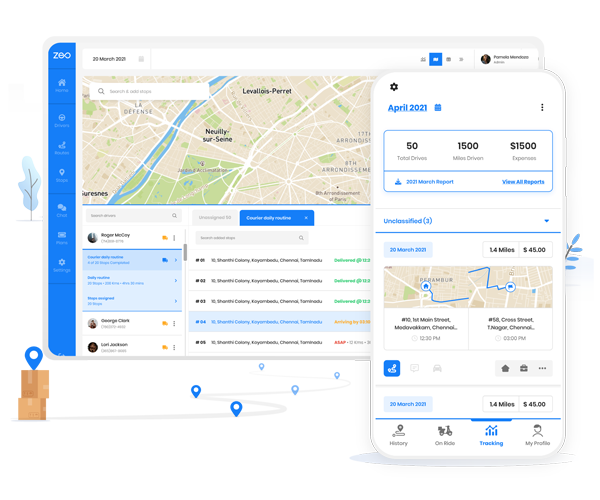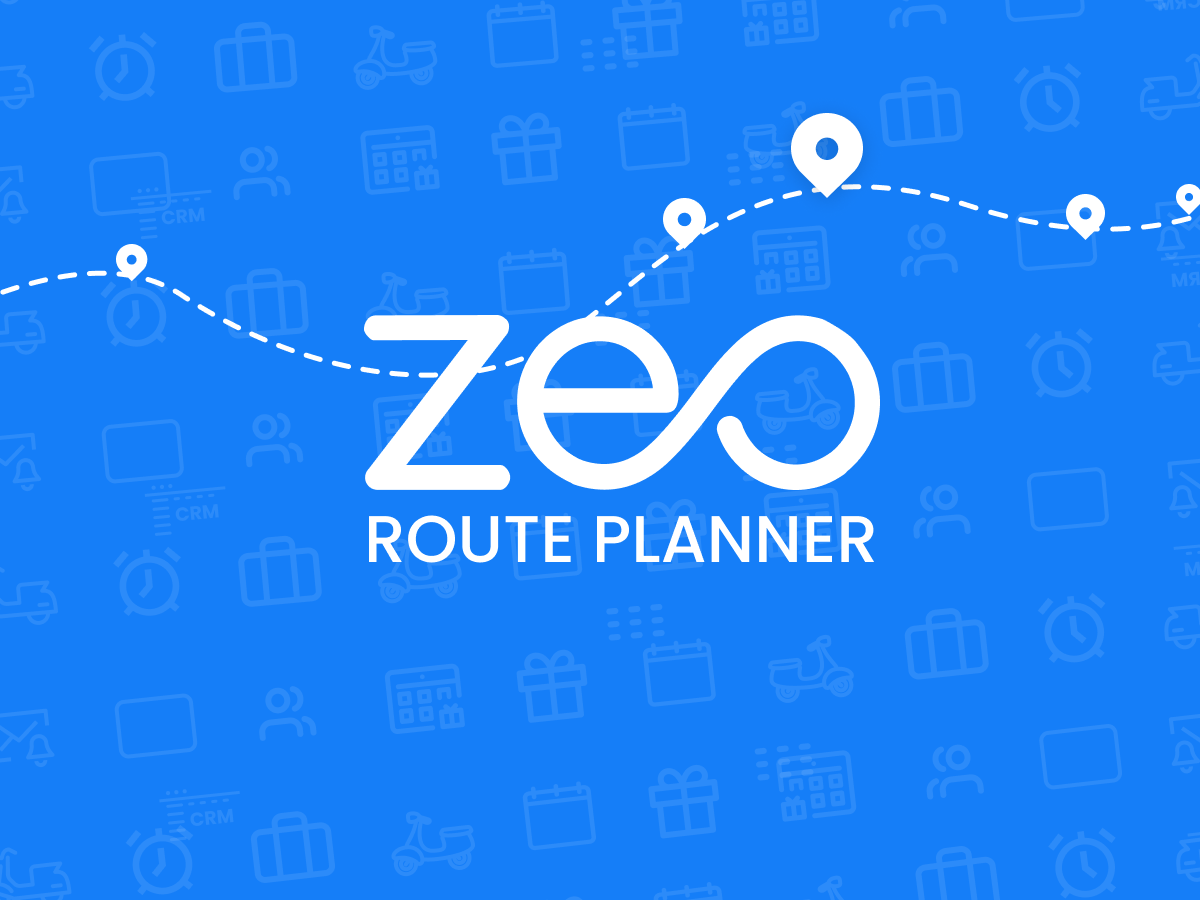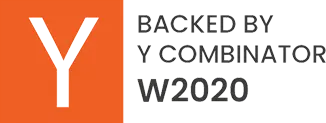Updated on: May 11, 2025
Let’s paint a picture: you’re cruising through your route, checking off deliveries, and then your next stop pops up, “123 Main Street.” You think, “Great, that’s an easy one.” But as you pull in, reality hits: there’s more than one delivery at that address.
“123 Main Street” might sound simple enough. But in reality, you’ve got multiple stops with the same address for different units or entrances. One’s for Apt 201, another’s for Apt 305, and you’ve got deliveries for a few different floors. Suddenly, that one “simple” address turns into a tangled mess of entrances, hallways, and repetitive backtracking.
Most people assume that deliveries with the same address are the same stop. But when it comes to route planning, it’s not that simple. And sadly, most route optimization tools don’t do enough to fix it. The result? A confusing web of inefficiency that slows you down and eats away your delivery time. Let’s break down exactly why this happens and how it impacts you.
Decoding What “Same Address” Really Means in Routing Logic
At first glance, it seems like multiple stops with the same address should be easy to handle. You pull up to “123 Main Street” and just walk around the building, right? Not exactly.
Here’s the thing, just because two deliveries share the same address doesn’t mean they should be treated the same. The key here is location coordinates – the latitude and longitude. Address strings are nothing more than a label, while location precision, via lat and long coordinates, is the differentiating factor when it comes to last-mile logistics.
The Difference Between Address and Location Coordinates
Let’s dig a little deeper. When you think about an address, you’re typically looking at a string like “123 Main Street” or “456 Oak Drive.” But what’s actually more useful in route planning are the GPS coordinates, latitude and longitude. That’s the actual pinpoint of where a delivery is going.
Now, imagine this: “123 Main Street” might represent the building, but inside, you’ve got different units, entrances, or floors. One delivery might be for “123 Main Street Apt 201,” another for “123 Main Street Apt 305.” These aren’t identical stops just because they share the same building address. Each unit has its own entry, often with different delivery instructions.
So, although your route planner might see “123 Main Street” and “123 Main Street Apt 201” as identical, the delivery experience is different. A different unit number, a different floor, or even a different side entrance can turn what should be one stop into a chaotic mess of unnecessary back-and-forth.
How Route Planners Should Interpret ‘Multiple Stops with the Same Address’
If your route optimization tool is still treating the address as a string of letters, your last-mile logistics is already behind! An address is much more than a series of words put together. Ideally, your route planner should be smart enough to leverage location coordinates – latitude and longitude – to pinpoint the exact location of your stop.

increase fuel savings
Save 2 Hours on Deliveries, Everyday!
Optimize routes with our algorithm, reducing travel time and costs efficiently.
Get Started for Free
As we’ve covered earlier, there can be multiple stops with the same address. Your route planner must understand that. It should group the different stops that fall under the same latitude and longitude coordinates.
Though they are clubbed under the same address, these substops should be independently tracked in the routing tool. This will give you complete clarity on your delivery progress and next steps. When route optimization tools club the stops based on their latitude and longitude coordinates, your delivery performance steps up to the next level.
The Zeo Perspective
Zeo Route Planner understands the challenges and needs of its users. We design solutions that cater to your needs and help you improve performance, efficiency, and customer experience. Multiple stops with the same address can create confusion and hamper your efficiency.
But we’ve the solution.
To enhance your last-mile logistics efficiency and tackle the challenge of multiple stops with the same address with ease, we’ve introduced the Multiple SKUs feature. It uses latitude and longitude coordinates to identify the stops falling under the same location. It then effortlessly groups the same address stops while allowing you to track them separately.
The multiple SKUs feature is designed to eliminate stress, confusion, and frustration for drivers and help them improve efficiency, reliability, and performance.
Curious to know how it works? Why the wait? Schedule a free demo now and experience the magic yourself.

Are you a fleet owner?
Want to manage your drivers and deliveries easily?
Grow your business effortlessly with Zeo Routes Planner – optimize routes and manage multiple drivers with ease.

increase fuel savings
Save $200 on fuel, Monthly!
Optimize routes with our algorithm, reducing travel time and costs efficiently.
Get Started for Free




















